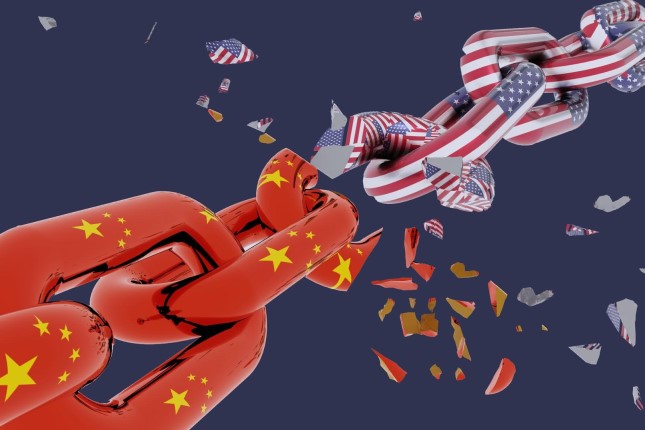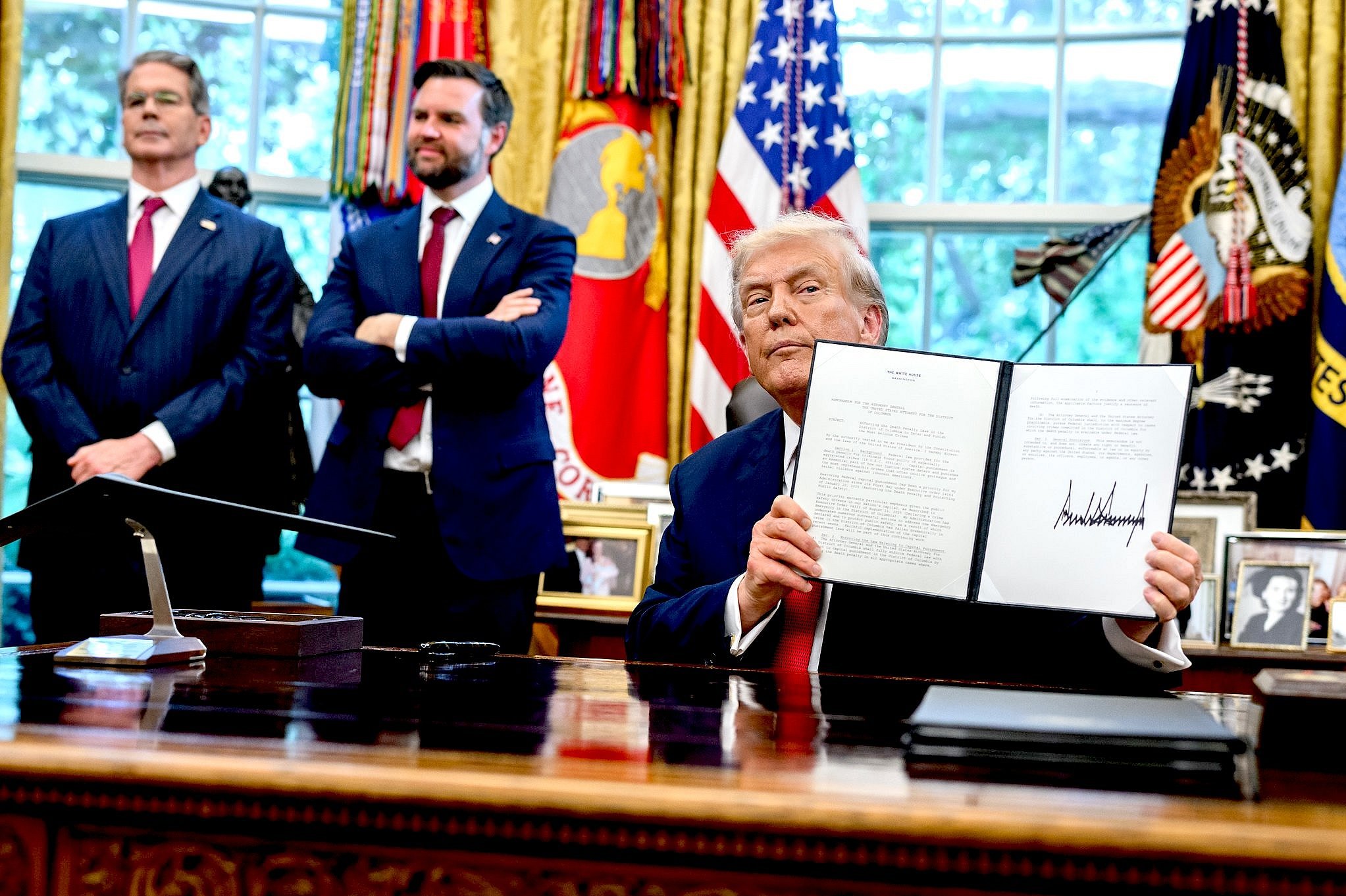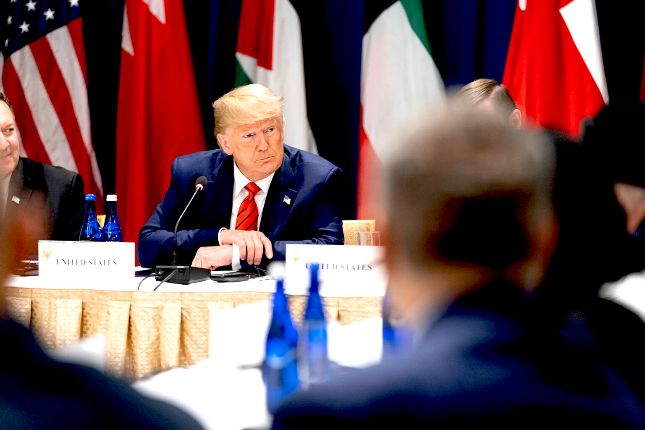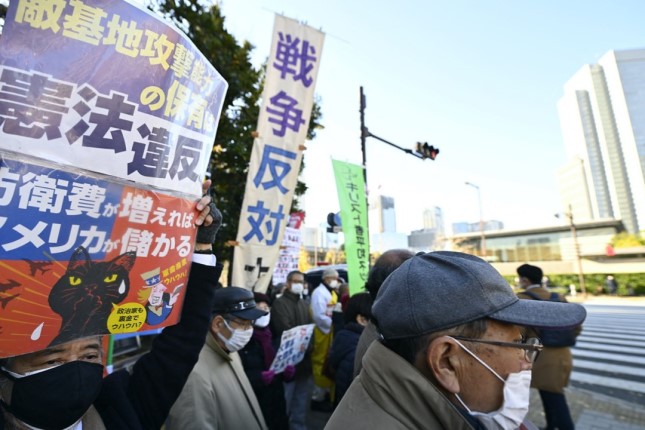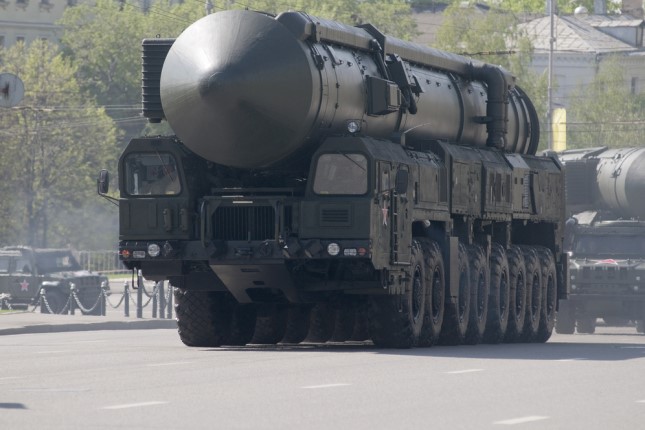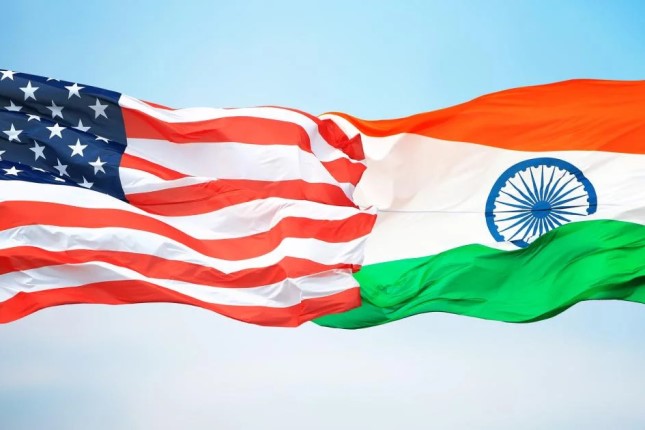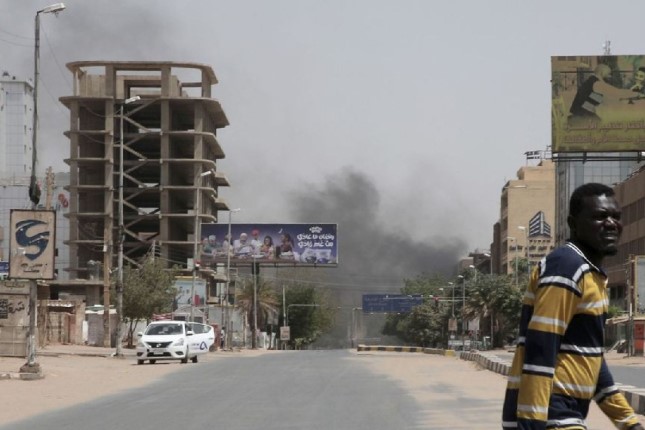The growing geopolitical discrepancies between China and the US will lead to the formation of several groups of countries in the region, with difficult economic ties between. This will change the nature of economic growth for the countries, creating obstacles to development for many of them.
There is more and more talk lately about the risk of geo-economic fragmentation in the region. One recent statement comes from the Director of the IMF's Asia-Pacific Department, Krishna Srinivasan: "Geofragmentation risks have risen quite sharply over the last five years, and have been accentuated by the war in Ukraine. If those risks rise, then Asia risks to lose the most among all the regions in the world."
Back in 2007, World Bank specialists noted in the article "Trade Integration In East Asia: The Role Of China And Production Networks (Policy Research Working Papers)" that regional logistics and production networks had become the main driving force for growth in East Asia and Pacific. This was seen in the fact that trade in parts and components between countries in the region was growing faster than trade in ordinary goods, which had several causes: relatively more favorable political conditions for international production; the advantages of agglomerations coming from an early start in this new form of specialization; significant wage differences between countries in the region; and lower trade and transport costs.
China's role in particular was singled out. Fears that Chinese goods will simply displace local producers from other countries have not been justified. China's economic integration only grew stronger on the basis of international logistics and production chains, while the region formed its own diversified system for the division of labor.
Later, in early February 2022, experts at Asian Development Bank noted that the growth of regional trade was outpacing that of global trade. In particular, they highlighted the importance of the Regional Comprehensive Economic Partnership Agreement (RCEP) for trade development.
Signed in November 2020, it was the first free trade agreement between the largest Asian economies, including China, Japan, South Korea, all 10 ASEAN member countries, and Australia and South Korea. "The strengthening trade and value chain linkages among economies in Asia and the Pacific are an encouraging sign for a resilient recovery from COVID-19," said ADB Chief Economist Albert Park, commenting on the rapid growth of regional trade.
The Asian Development Bank specialists also noted that integration between Asian economies continues to deepen in areas such as new technologies and digital communications, environmental cooperation, trade relations, investments, and participation in the value chain. They especially emphasized that foreign direct investment in the region also remained stable even during the coronavirus pandemic, declining by only 1.3% in 2020 compared to a global drop of 34.7%.
However, now this unique combination of factors, which determined the high rates of development throughout the region, is under threat.
Achilles' heel
The Achilles' heel of the East Asian economy is non-regional trade in finished goods. According to the World Bank, exported goods and services make up nearly 29% of the GDP of East Asian and Pacific countries. The share of exports has decreased from 36% in 2007, but it is still quite high. For comparison, in the US, exports make up about 11% of the GDP, and in such an export-oriented country as Japan − 18.5%.
Accordingly, a reduction in finished product exports outside the region could jeopardize the entire system of intraregional trade.
And this is exactly what is starting to happen due to the growing instability around Taiwan. This island, which China considers its own (and the majority of the world recognizes China's sovereignty over it), is the key node in the East Asian high-tech trade production and logistics system.
The US is deliberately destabilizing the situation. Over the past year, it had two official visits with Taiwan. In August 2022, Speaker of the House of Representatives, Nancy Pelosi, paid a scandalous visit to the island, and in April of this year, Taiwanese President Tsai Ing-wen met with Speaker of the House Kevin McCarthy.
Both visits were extremely painful for Beijing, which responded to each of them with large-scale military exercises that nearly escalated into local skirmishes between the armed forces of the opposing sides. And each time, Washington used these exercises as an excuse to launch an anti-Chinese propaganda campaign.
At the same time, the United States is increasing restrictions on high-tech trade with China. Taken together, this is creating a situation where Taiwan will fall out of the regional trade system, leading to serious problems for other East Asian countries.
The behaviour of such a cautious strategic investor as Warren Buffett is extremely telling. In the fall of 2022, his company Berkshire Hathaway acquired a stake in the world's largest microchip manufacturer, Taiwan Semiconductor Manufacturing Company (TSMC), worth about USD 5 billion. It was expected that US manufacturers, seeking to reduce their dependence on Chinese chips, would turn their attention to Taiwan. However, in its Q1 report in May, Berkshire Hathaway announced that it had completely divested its TSMC shares.
Pacific frontier
China's peacekeeping initiative on Ukraine proved to be an unpleasant surprise for Washington. China published its peace plan on February 24, 2023, the anniversary of the Russian-Ukrainian conflict, showing that US calculations to drag China into anti-Russianism have failed, and that the most America can count on is a Russia-friendly neutrality from China.
This could not help but lead to increased American pressure on China.
It is already clear that the United States is strengthening its naval blockade of China – from Japan to Taiwan and then the Philippines. In February, Washington and Manila signed an agreement granting US military access to an additional four Philippine military facilities, bringing the total to nine. In April, the largest military exercises ever conducted by the United States and the Philippines took place.
At the same time, Manila has stated that it will not allow the US military to use the four new bases for offensive operations. "We will not allow our bases to be used for any offensive actions. This is only aimed at helping the Philippines whenever we need help," said Philippine President Ferdinand Marcos Jr. But will the Philippines be able to stop the US from using these bases to help Taiwan?
On the other hand, there is Japan, for whom Taiwan is not just an important economic partner, but also an area of historical interests. From 1895 to 1945, the island was part of the Japanese Empire, and many Japanese still consider it a "natural extension" of their country, like Okinawa. The westernmost of the Ryukyu Islands – Yonaguni – is just 125 kilometers from the east coast of Taiwan. And Japan has a powerful navy and air force – without nuclear weapons, only the US and China could fight against it.
If there proves to be stable development in the region, Japan is unlikely to engage in any military actions. But in a situation where the US plays the Taiwan card to escalate regional tensions, the most unexpected events could occur. Both sides are already preparing for an armed confrontation, which means that the region's geo-economic system will adapt as though the impending conflict were inevitable. East Asia will never be the same again; it will not be able to maintain its amazing trade freedom in the face of a US-China confrontation.
